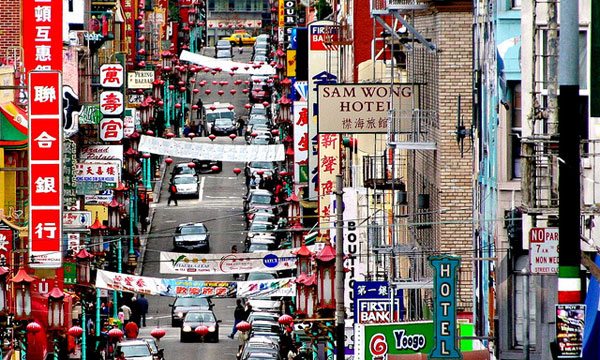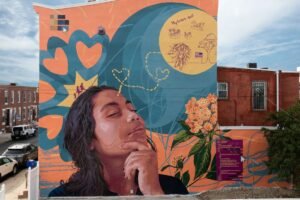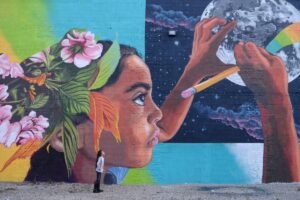
November 20, 2017; NBC News
San Francisco is awash in real estate cash. One sign: a report earlier this year found that the median home price had reached $1.5 million. (The median condo price is only slightly lower at $1.2 million). Median, of course, means that half of the properties cost even more.
Yet the Chinatown community endures, amidst a sea of displacement. As Frances Kai-Hwa Wang reports for NBC News, the work of the nonprofit Chinatown Community Development Center (Chinatown CDC) over the past 40 years is a major reason why.
As Wang explains:
One of the precursor organizations of the Chinatown CDC was founded in 1977—days before the last tenants of the International Hotel, a single-room-occupancy residential hotel housing mostly Chinese and Filipino bachelors, were evicted. The nonprofit acts as a neighborhood advocate and organizer, as well as a developer and manager of affordable housing. It now has 29 properties in San Francisco—providing housing to more than 3,700 low-income individuals, according to the group.
Chinatown CDC’s most recent development involves the renovation of the Ping Yuen building, “a former public housing project that Chinatown CDC took over last year and recently finished renovating.”
The apartments,” notes Wang, “built in 1952, were the first segregated public housing for Asian Americans in San Francisco and served Chinese-American veterans and their families…But the buildings had not been renovated since they were built and were in bad shape when the nonprofit took them over. Now, the newly renovated building houses 300 families.”
Norman Fong is executive director of Chinatown CDC. At the age of 18, he experienced displacement firsthand when his family—and all of the other families in his building—were evicted by the new building owner. “It scared the heck out of my dad, my mom, my two brothers, my twin sister,” Fong relates. “All of us were squeezed into that small apartment—we were jam-packed. We didn’t know where we would go.” Ultimately, Fong and his family were saved from homelessness with assistance from the Presbyterian Church, but it was a close call.
Experiences like those of Fong’s family helped lead to the formation of the Chinatown Resource Center in 1977 (which later merged with another nonprofit to become Chinatown CDC in 1998). The group brought “together advocates for affordable housing, tenant rights, open space, transportation and revitalization.” The efforts at community preservation have largely succeeded. Wang writes that, “The majority of residents in properties owned and managed by Chinatown CDC are still Chinese, but about 25 percent are now African American, [Latinx], and white, according to Fong.”
Wang adds:
Sign up for our free newsletters
Subscribe to NPQ's newsletters to have our top stories delivered directly to your inbox.
By signing up, you agree to our privacy policy and terms of use, and to receive messages from NPQ and our partners.
While Fong said other Chinatowns have failed because of gentrification, he noted that, as one of the oldest Chinatowns in the US, San Francisco’s community has been fighting for survival since it was established after the California gold rush of 1840s and ’50s.
Because of lessons learned in the 1970s, San Francisco’s Chinatown has been able to negotiate its survival through rezoning and requiring one-to-one replacement housing, he added.
“That’s why Chinatown is old but houses thousands,” Fong said.
Standard brick-and-mortar development strategies, such as affordable housing development and ownership, along with policy victories, have been critical to the nonprofit’s success. But community building has played a vital role, too.
“About 17 years ago,” Wang writes, “Fong began organizing monthly community town hall meetings he calls ‘Super Sunday’ gatherings that he said bring together about a thousand tenants to discuss issues.”
Prior to these monthly gatherings, many Chinatown residents would not come out of their rooms, Fong noted. Now, he said they come, eat lunch, and socialize. The residents are also civically engaged.
“We’re getting Chinatown residents to vote and to get involved,” Fong said. “Now, everyone that we know, they get it.”
This week, Fong said, the nonprofit threw its “first big turkey giveaway in the Ping Yuen that we just fixed up…three hundred turkeys for three hundred families.”
Fong added, “We’re trying to build the ‘Beloved Community’ here…Key to that is bridge building. It’s not just turkeys.”—Steve Dubb











